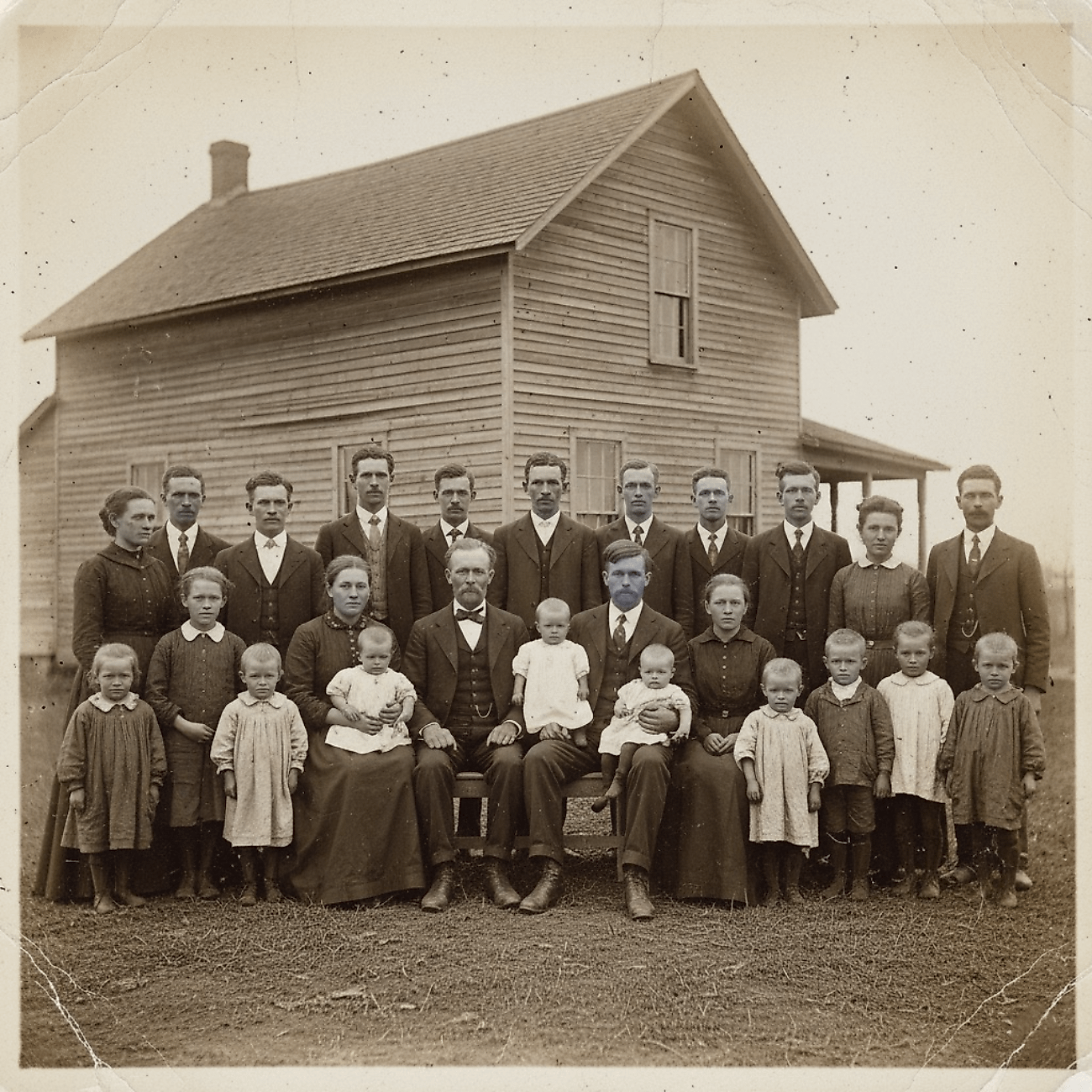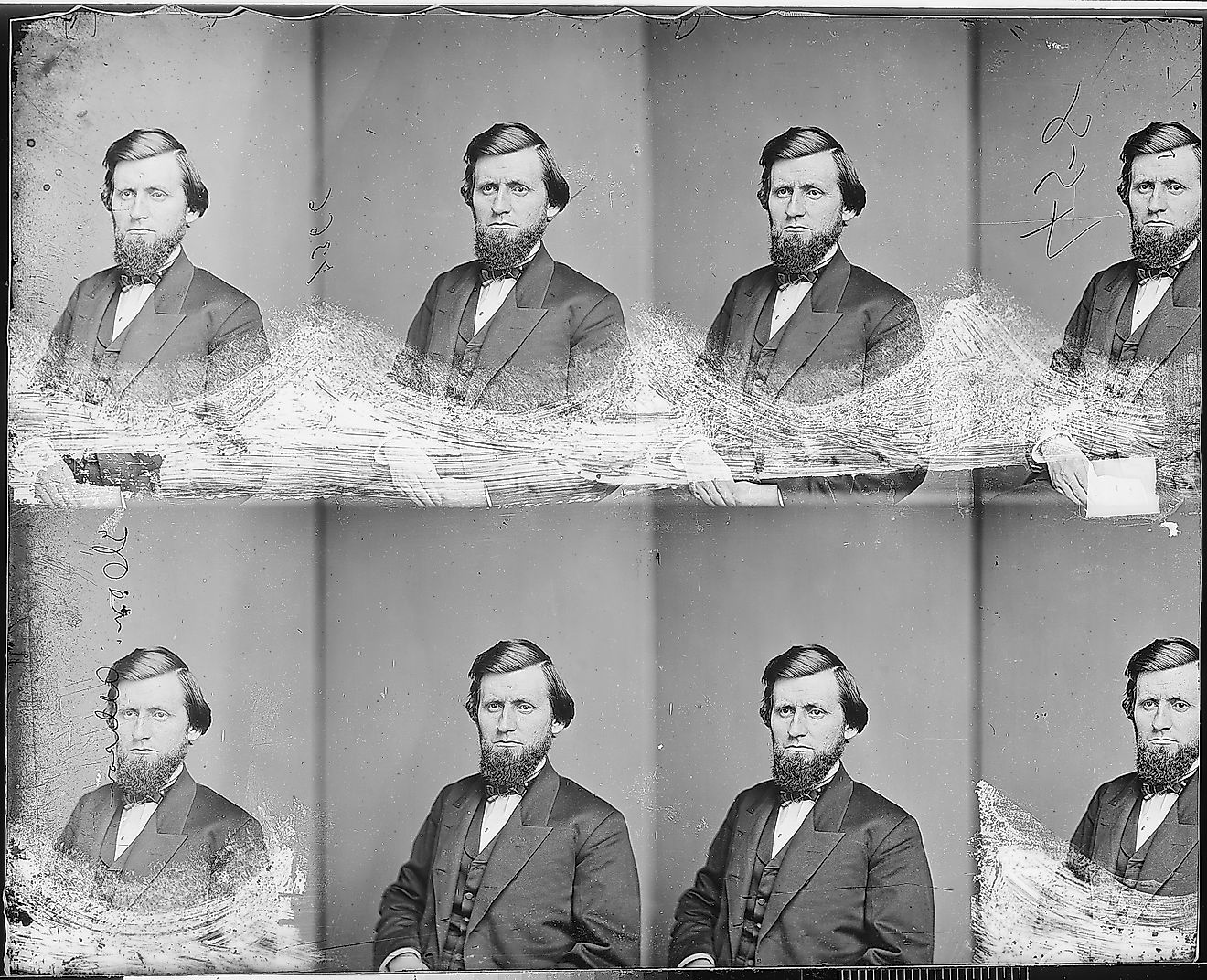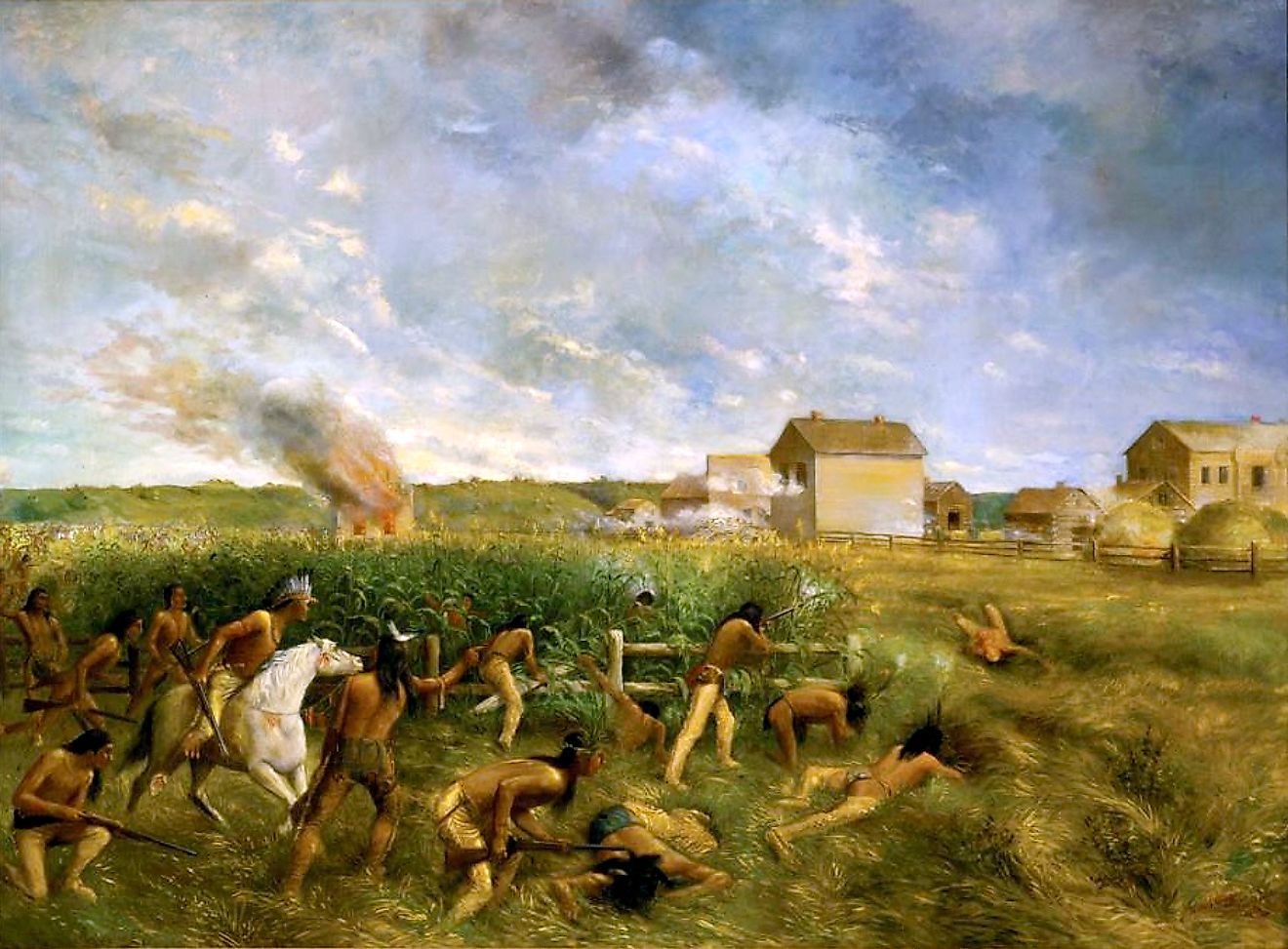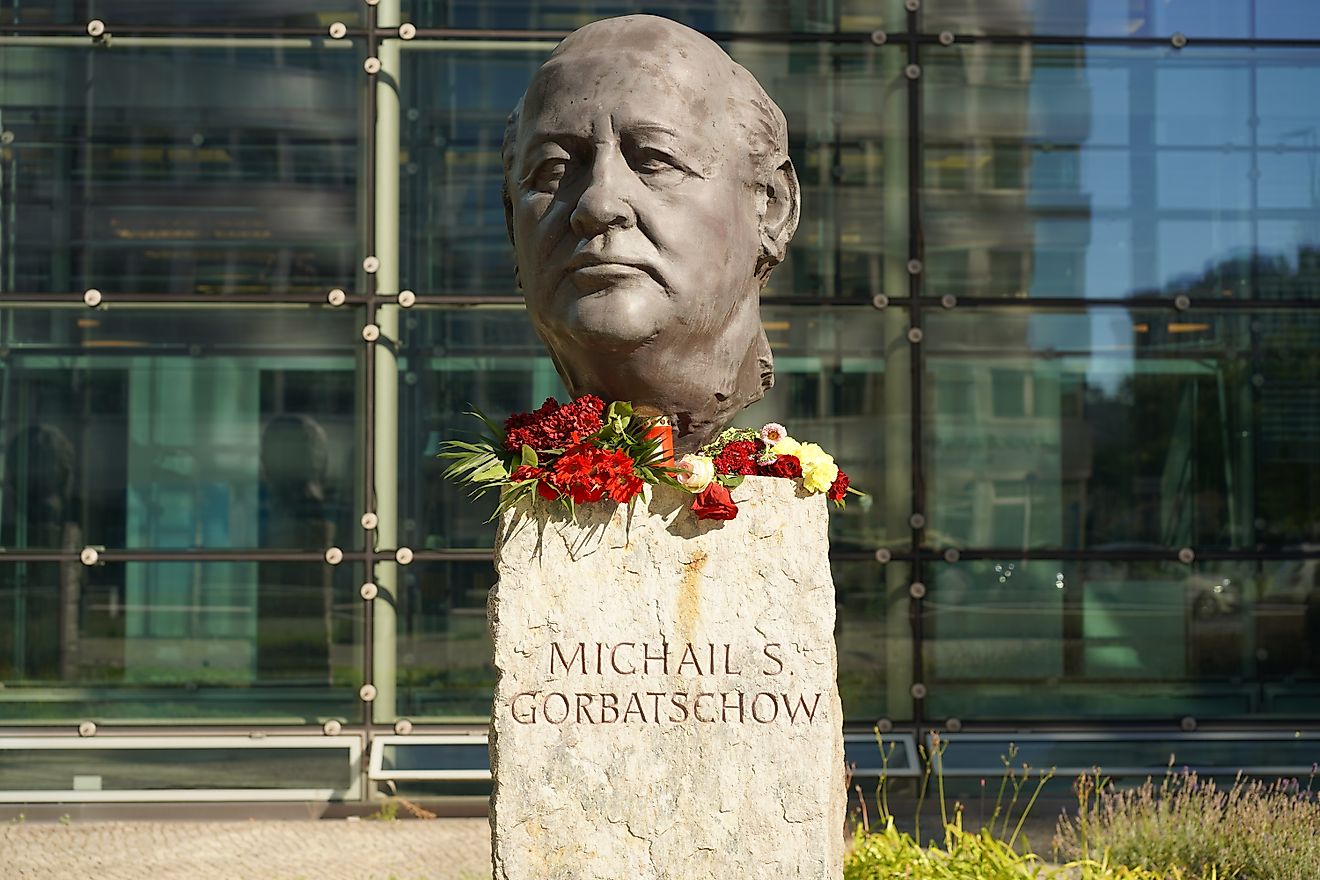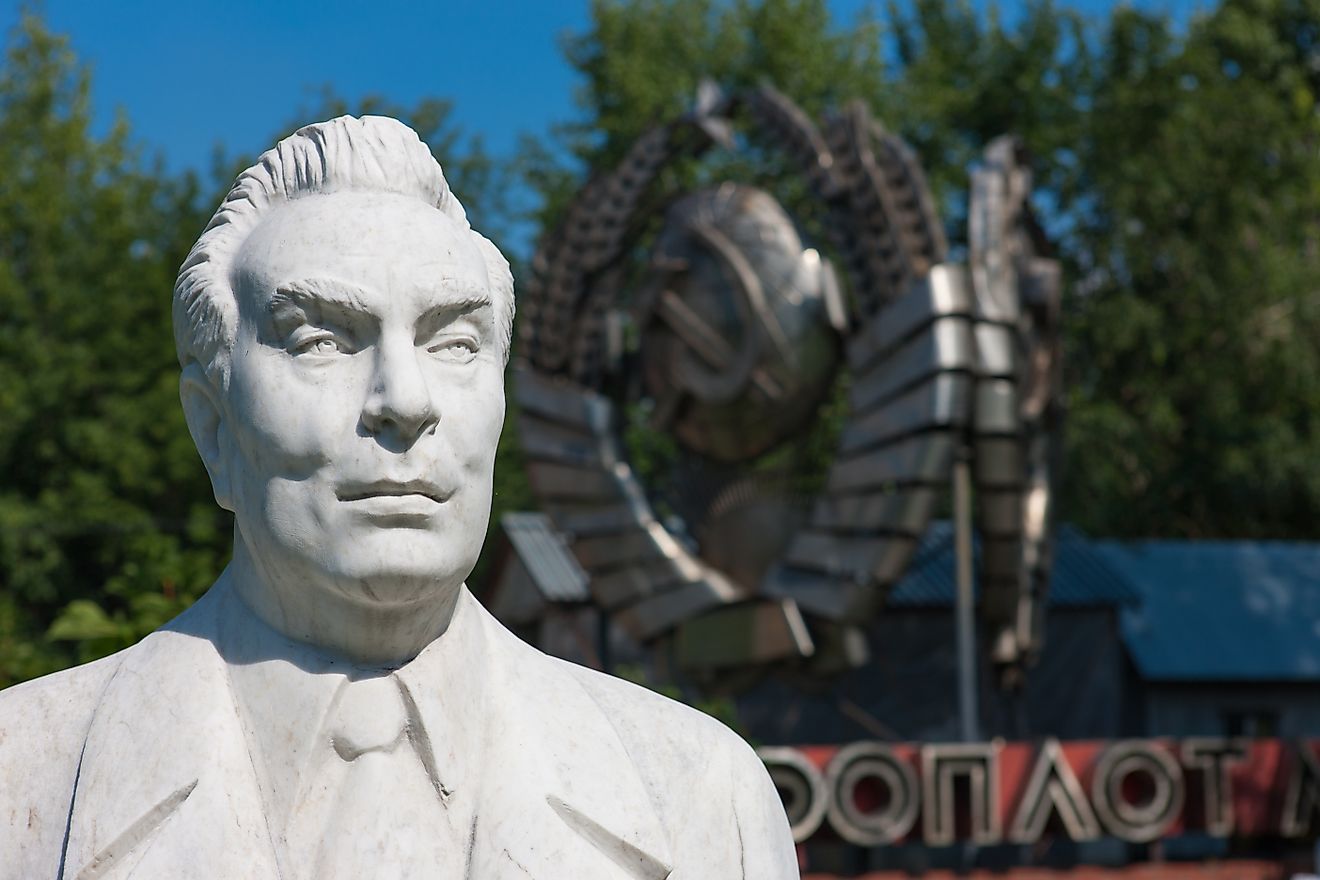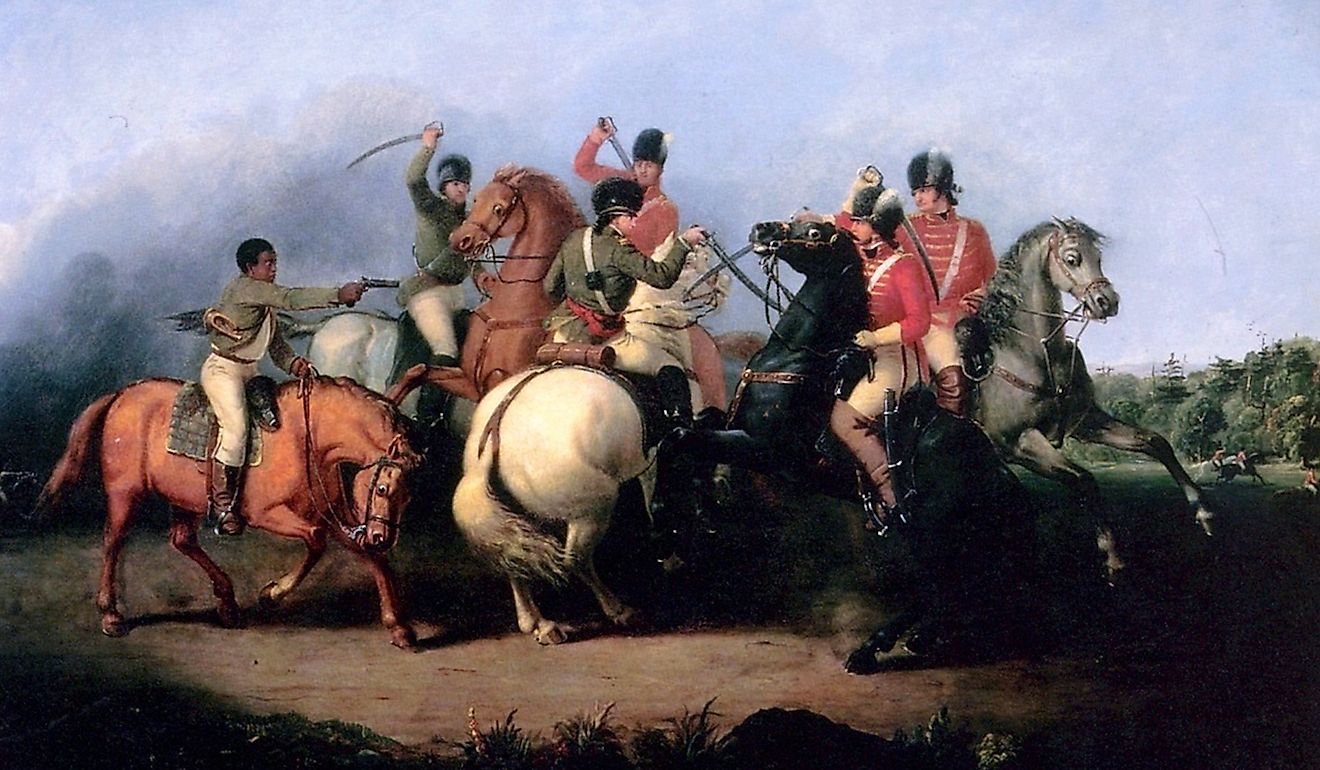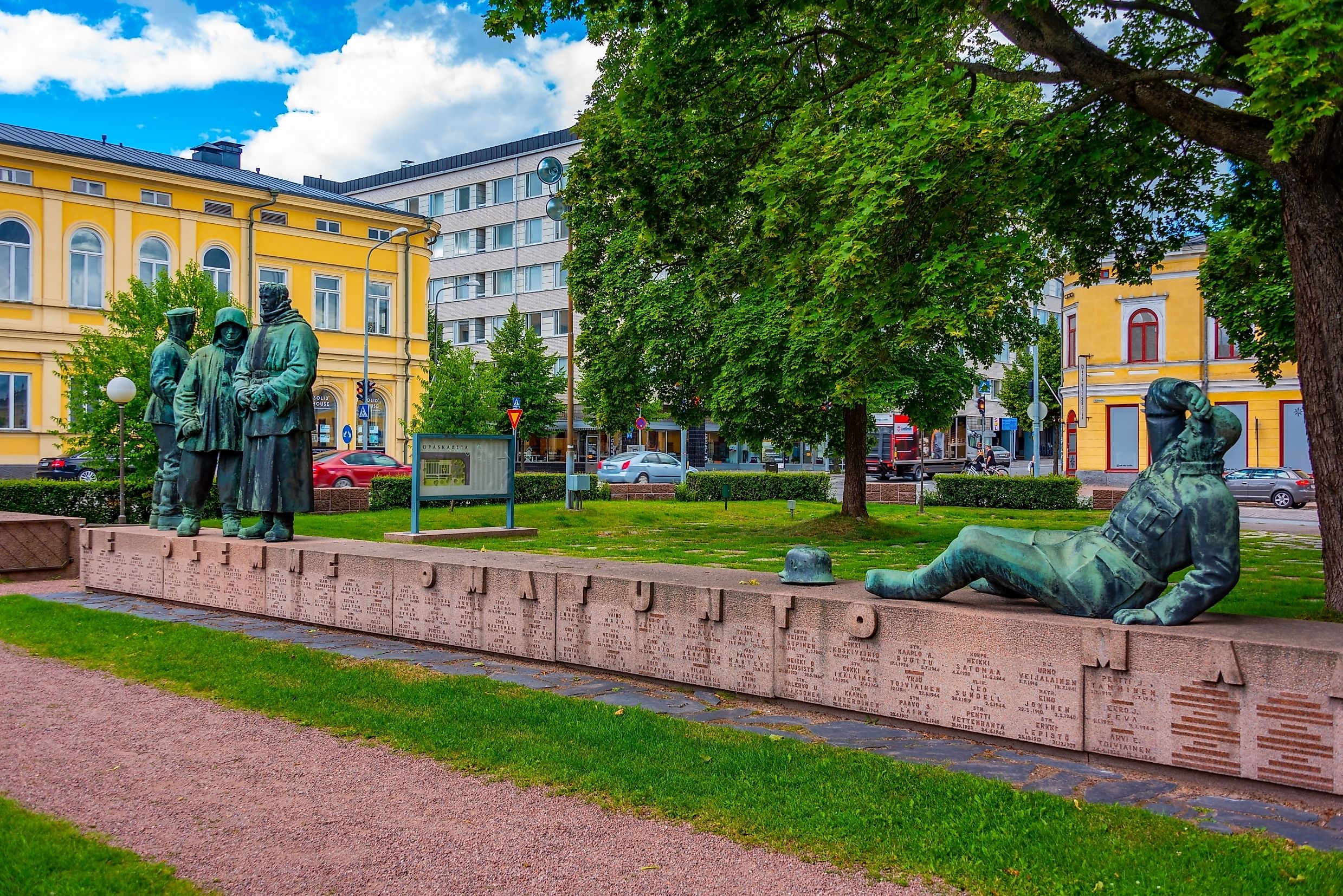
Finland and Sweden During the World Wars
Despite being neighboring countries, Finland and Sweden experienced significantly different trajectories during both of the World Wars. Before World War I, Finland was a part of the Russian Empire and had a growing desire for independence. On the other hand, Sweden maintained a strong tradition of neutrality, a policy stemming back to the early 19th century.
World War I amplified these differences, as Finland experienced internal turmoil under the thumb of the Russians, while Sweden managed to avoid direct involvement even with external pressures. World War II tested both nations’ approaches: Finland fought two wars against the Soviet Union, driven by a need for survival, while Sweden maintained a precarious stance of non-belligerency, balancing economic collaboration with Nazi Germany and discreet support for Finland.
The aftermath of these conflicts left enduring legacies, playing a huge role in shaping how Finland and Sweden see themselves as nations today and how they handle foreign relations all the way up to the present day.
Historical Context Pre-WWI
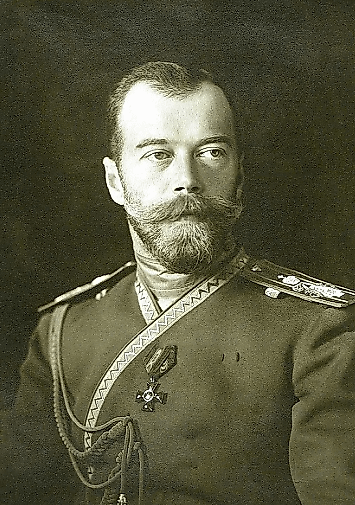
Long before the chaos of the World Wars, Sweden ruled over Finland for almost 700 years. That all changed during the Finnish War (1808-1809) when Sweden and Russia fought due to shifting alliances during the Napoleonic Wars. Russia was aiming to secure Finland as a buffer against potential attacks from France-aligned Sweden. Russia pressured Sweden to stop trading with Britain, but when Sweden refused, Russian forces invaded, ultimately leading to Sweden's defeat. Many years later, with the First World War fast approaching, Northern Europe found itself in a whirlwind of rising tension between major European forces. Finland, still part of the Russian Empire, functioned semi-independently as the Grand Duchy of Finland.
This arrangement gave Finland some self-rule privileges but cast them below Russian authority—particularly as Tsarist Russia increasingly desired power centralization and was slowly chipping away at Finnish independence during the late 1800s till the early 1900s. By 1914, Russia had tightened its chokehold on Finland, leading to dissatisfaction among Finns, which in turn was leading to an increase of nationalist movements. In contrast, by the late 1800s, Sweden had enjoyed more than 100 years without war, helping its economy grow and modernize. Sweden first adopted neutrality during the Napoleonic Wars to avoid involvement in European conflicts and safeguard its national interests. This approach persisted into the 19th century, becoming a cornerstone of its foreign policy.
World War I: Divergent Neutralities
When tensions spiked across Europe, Finland and Sweden occupied distinct positions: Finland remained under Russian influence, while Sweden firmly upheld its stance of neutrality and non-involvement.
Finland’s Position

When World War I began, Finland was in a difficult position as part of the Russian Empire. Although Finland had some autonomy as a Grand Duchy, Russia had been stripping away freedoms, tightening its control over the region. As the war progressed, Russia quickly turned to Finland for manpower. Thousands of Finnish men were sent to fight for the Russian army. Many were reluctant participants, given a rising desire for independence in Finland.
Things changed for Finland after Russian Revolution. The fall of the Russian monarchy created a power vacuum, and different factions within Finland had very different ideas about the country's future. The Finnish Civil War was fought between two factions: the Red Guards, who aligned with the Bolsheviks and socialist ideals, and the White Guards, who represented nationalistic values and sought to preserve traditional order. During this chaotic time, up to 36,000 people lost their lives in bloodshed that spread out over the country. The Finnish Civil War ended in April 1918 with the victory of the White forces, backed by Germany. The Whites established control, leading to the imprisonment and execution of many Reds. This turbulent chapter in Finland's history highlighted the nation's challenging path from Russian dominion to asserting its independence amidst the chaotic backdrop of World War I.
Sweden’s Position
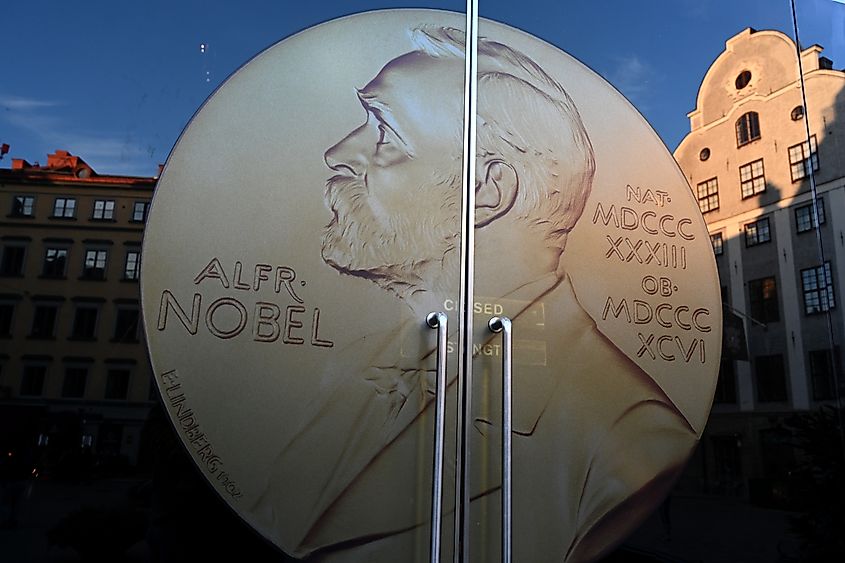
Sweden's strong reliance on foreign markets made it particularly vulnerable to the disruptions of World War I. Sweden's economy was deeply intertwined with international trade, and as the war unfolded, maintaining neutrality while protecting its economic interests became increasingly complex. To navigate pressure from world powers, Sweden employed a diplomatic balancing act, maintaining trade relations with both sides while avoiding provocative actions. At the same time, Sweden took steps to ensure that if either side did turn its attention toward their borders, they would be ready. Strengthening defenses and staying alert allowed Sweden to maintain a protective stance. Sweden took concrete military measures, mobilizing around 250,000 troops at its peak by 1917 and fortifying strategic areas
Like many European countries, the war had a longer reach than the horrors of battle. In 1917, Sweden was shaken up by the Hunger Riots. Lack of food and rising costs sparked protests across the nation. Trade across Europe was in shambles, and Sweden was not spared from it. Despite internal unrest, the combination of military preparedness and economic diplomacy enabled Sweden to maintain its neutrality and avoid the devastation that many European nations faced during the war.
As the war extended, Sweden reached over the border to help its neighbor. After Finland declared independence from Russia in 1917, Sweden provided humanitarian aid and accepted refugees. Sweden's support helped stabilize the region, reflecting its commitment to peace even with pressures from the warring powers.
Interwar Period: Strategic Shifts
Finland’s Independence and Challenges
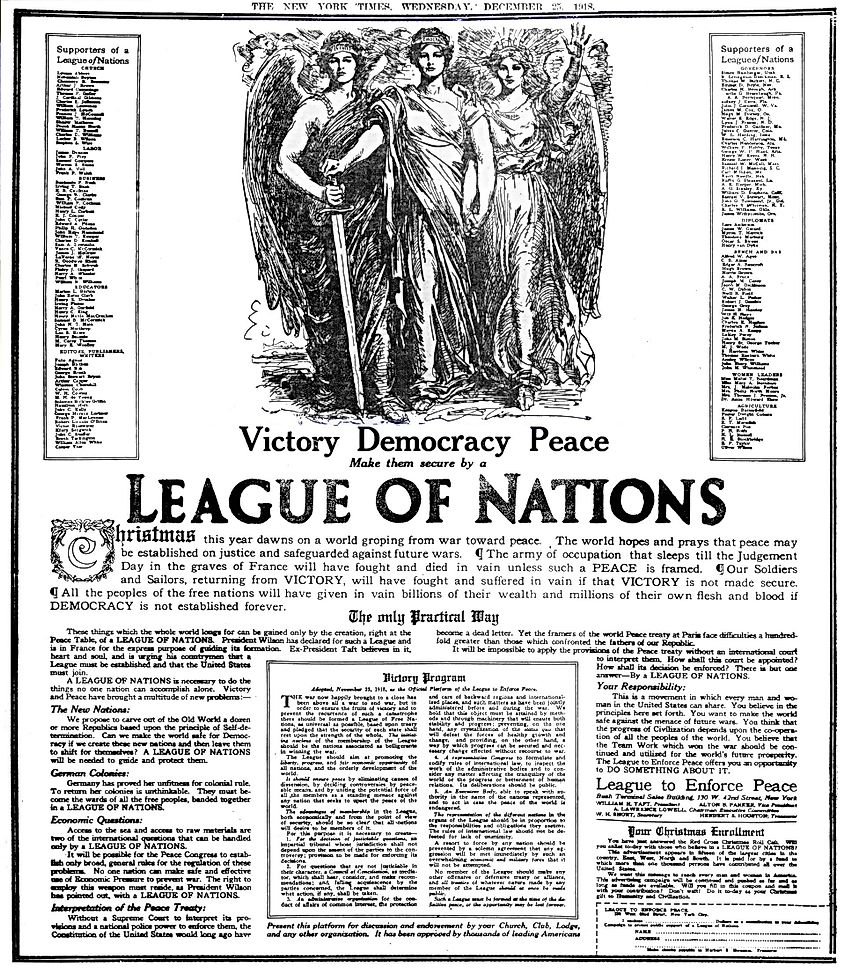
Around two years after gaining independence, Finland adopted a republican constitution, creating a democratic government with power in the hands of parliament. This change brought about calm in the political world and helped mend problems from the 1918 Civil War. This sorted out the groundwork for Finland's democratic system.
Their new independence brought challenges, especially from the Soviet Union, which saw Finland as part of its sphere of influence. While the Treaty of Tartu in 1920 officially recognized Finland's borders, tensions were never far from the surface. That same year, Finland joined the League of Nations to secure its independence through international recognition and collective security. This move boosted its diplomatic standing but did not fully ease worries about Soviet intentions. When the Great Depression took place in the 1930s, Finland suffered. In response, Finnish leaders implemented economic reforms such as devaluing the currency to boost exports and creating public works programs to provide jobs.
They also looked for stronger international alliances to boost their security but faced troubles. Attempts to form a joint defense agreement with Sweden, for instance, ultimately failed. So instead, Finland went alone, adopting what is known as an "armed neutrality" policy - meaning that while it would not strike first, it was ready to defend itself. By the time the late 1930s rolled around, about one-quarter of all money spent by Finland went towards ensuring its safety from any possible threats posed, especially from the Soviet Union. In both 1938 and 1939, Finland and the Soviets had tense meetings about border issues. While talks failed, the discussions helped give enough time for Finland to prepare to resist by the time war broke out in 1939.
Sweden’s Continued Neutrality
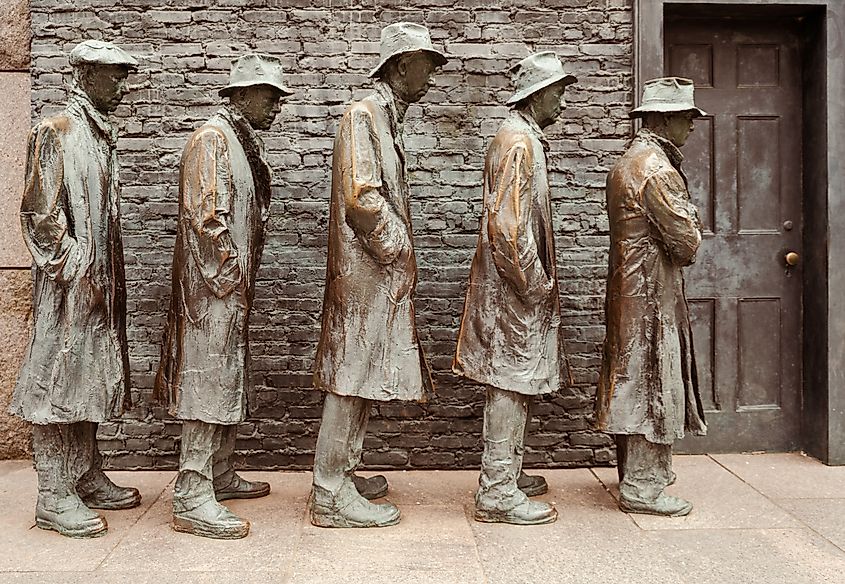
Sweden's position remained firmly neutral in the years between the two wars. After this approach helped them during World War I, retaining a position that kept them safe only made sense. Like Finland, Sweden joined the League of Nations in 1920, committing to global peace and stability. However, it carefully avoided joining any military alliances that could have compromised its stance.
When it came to its economy, Sweden took full advantage of being a neutral country to boost its growth and evolution. Even though they wanted no part in fighting others' wars, Swedes saw the value of having well-prepared armies. Particularly as, once again, tension was rising across the European subcontinent towards the end of the 1930s. As Nazi Germany and Soviet Union threats grew darker, Sweden acted quickly to upgrade their defense forces.
By 1939, Sweden's defense budget had more than doubled compared to the previous decade. It invested in upgrading its army, navy, and air force while also fortifying key strategic locations. As European tensions rose during the 1930s, Sweden made no mistake. They were going to protect its borders.
World War II: A Test of Neutrality
Finland’s War
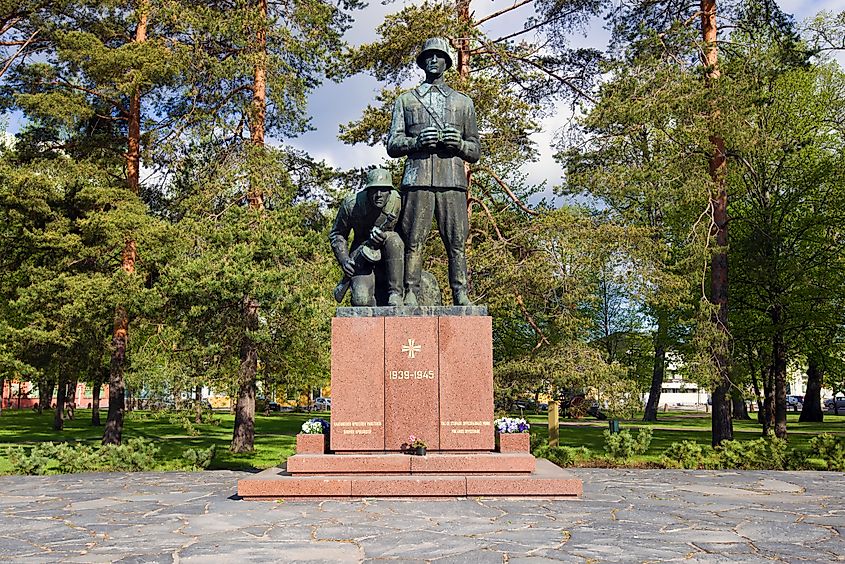
On the cold day of November 30, 1939, Soviet forces marched into Finland. Even while wrestling against massive odds - approximately 300,000 Finnish soldiers against 600,000 Soviet troops- the Finnish stood their ground and battled bravely. They knew their land well. This knowledge, along with guerilla warfare tactics, gave them an edge. These tactics allowed them to strike effectively, even while heavily outnumbered, and keep the Soviets on their toes. Still, after 105 grueling days, Finland was forced to sign the Moscow Peace Treaty in March 1940. Even though Finland put up a tough fight, the Soviet Union's army had an undeniable edge, with more troops and supplies. The Finns were forced to give up over a tenth of their land, including the important Karelian Isthmus region, along with nearly one-third of its economic resources, all of which were handed over to the Soviets. This treaty led to widespread dissatisfaction, so Finland turned to Russia’s newest and strongest foe: Nazi Germany.
Finland saw partnering with Germany as a necessary evil to ensure their survival and regain the land they lost. At first, they made significant gains, reclaiming lost areas by 1941. While things started well, the Germans were overextended and faced harsh winter conditions in Russia. As Germany was pushed back in 1943, Finland also began to lose its foothold. By 1944, the Soviets pressed with a grand assault, and Finland's bid to reclaim their land ended with the Moscow Armistice. Finland had to make more territorial concessions, disarm, and pay reparations totaling $300 million (around $4.7 billion today). All in all, Finland's wartime experience was a story of pragmatism. They had to navigate between two powerful adversaries, focusing on survival over sticking strictly to neutrality.
Sweden’s Balancing Act

Not unlike World War I, Sweden walked a delicate tightrope to keep its neutrality amidst tensions from both Nazi Germany and Allied Powers. When Finland was invaded by the Soviets, Sweden sent help. About 8,000 Swedish volunteers were sent along with loads of military equipment - about 135,000 rifles, 330 artillery pieces, and 144 planes. This helped Finland fight back against Soviet progress while officially maintaining Sweden's neutral stance.
Sweden held a key position because of its resources, particularly iron ore, which was critical for Nazi Germany’s war operations. Every year, they shipped around ten million tons to Germany, which led to the production of German weapons. Even with Allied pressure to halt these exports, Sweden continued to trade, fearing that stopping would provoke German military action. Additionally, Sweden allowed German troops to transit through its territory to occupy Norway and Finland between 1940 and 1943, demonstrating the difficult compromises it made to maintain neutrality and avoid occupation. Sweden also aided the Allies and refugees substantially. The country accepted thousands of refugees, including around 900 Norwegian Jews in 1942 and about 8,000 Danish Jews in 1943, who were fleeing Nazi deportations.
The consequences of Sweden’s economic collaboration with Nazi Germany were controversial. While Sweden avoided invasion, its wartime trade with Germany raised ethical questions about profiting from the conflict. Sweden was, at times, poorly judged for their wartime transactions, prompting the government to shift toward greater transparency. Despite maintaining neutrality, Sweden’s actions revealed the complex reality of balancing economic survival, ethical considerations, and the pressures of a continent at war.
In Conclusion
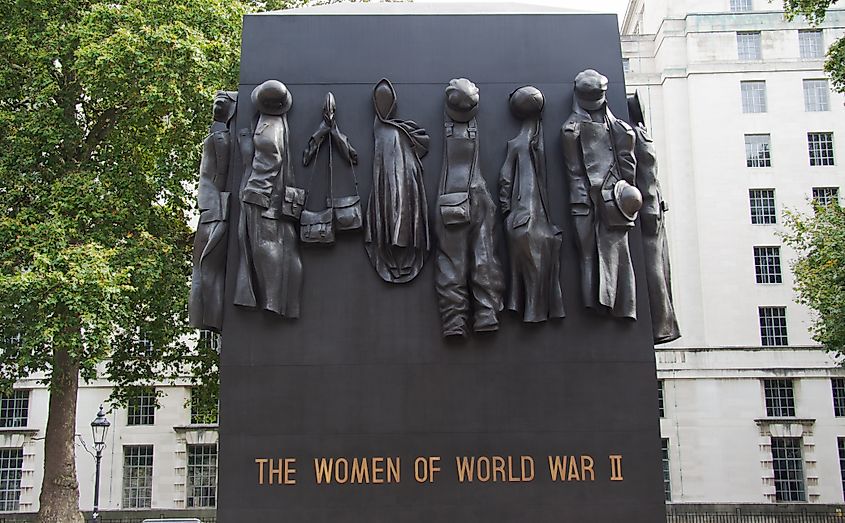
During the World Wars, the story of Nordic neighbors Finland and Sweden had vastly different paths. Before World War I, Finland sat under the thumb of Tsarist Russia and struggled for independence. Once it did obtain its independence it then faced massive challenges defending its sovereignty, culminating in its fight against the Soviet Union in the Winter and Continuation Wars. These conflicts drove Finland to adopt a pragmatic approach to survival, ultimately leading to policies that allowed it to maintain its independence.
On the other hand, Sweden's long-standing neutrality proved resilient, allowing it to avoid direct conflict during both World Wars. This policy helped Sweden come out financially steady and politically unshaken, also positioning itself as a champion of peace, human rights, and social care on the world stage. Sweden's choice to remain neutral didn't just save it from the damage of war but also helped it grow into a wealthy nation with an impressive welfare system. These experiences show how two countries, while so close in a geographical sense, had such different wartime stories.
While after the wars, this delicate balancing act continued, today, the legacies of Finland's determined survival and Sweden's consistent neutrality continue to influence their approaches to international relations, reflecting a history shaped by the trials of war and the pursuit of national sovereignty.

